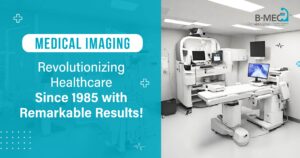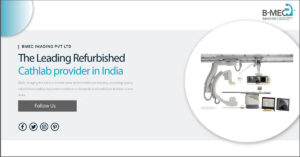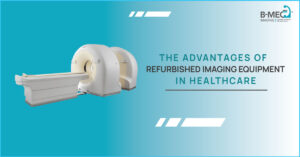Refurbishing medical equipment is a critical process to ensure that devices are safe, reliable, and meet quality standards. The specific steps involved in refurbishing medical equipment may vary depending on the type of equipment and regulations in different regions. However, here is a general four-step process:
- Assessment and Inspection:
- Initial Evaluation: Begin by conducting a thorough assessment of the medical equipment. Identify the make, model, and serial number of the device. Check for any visible damage or wear.
- Functional Testing: Test the functionality of the equipment to ensure it meets the manufacturer’s specifications. This may involve electrical, mechanical, and software tests, depending on the nature of the equipment.
- Safety Inspection: Verify that the equipment complies with safety standards. Inspect components such as power cords, connectors, and protective covers. Check for any recalls or safety alerts related to the equipment.
- Disassembly and Cleaning:
- Disassembly: Disassemble the equipment as needed for refurbishment. This may involve removing outer casings, electronic components, or other parts that require attention.
- Cleaning and Sterilization: Thoroughly clean all components using appropriate cleaning agents. Sterilize or disinfect components that come into direct contact with patients. Follow established protocols to ensure the removal of contaminants and adherence to infection control standards.
- Repair and Replacement:
- Identify Issues: Based on the assessment and testing, identify any faulty or worn-out components that need repair or replacement.
- Component Replacement: Replace defective or outdated parts with new, high-quality components. Ensure that replacement parts meet the original manufacturer’s specifications and comply with relevant standards.
- Calibration: Calibrate the equipment to ensure accurate and reliable performance. This is particularly important for devices that involve measurements or diagnostic functions.
- Quality Assurance and Testing:
- Quality Control Checks: Perform final quality assurance checks to ensure that all components are correctly installed, and the equipment functions as intended.
- Regulatory Compliance: Ensure that the refurbished equipment complies with relevant regulatory standards and requirements. Document all steps taken during the refurbishment process for auditing purposes.
- User Training: If applicable, provide training to end-users on the proper use and maintenance of the refurbished equipment.
It’s crucial to note that refurbishing medical equipment should be carried out by trained professionals in compliance with local regulations and industry standards. Additionally, documentation of the entire refurbishment process is essential for traceability and accountability. Always follow the manufacturer’s guidelines and recommendations throughout the refurbishment process.




